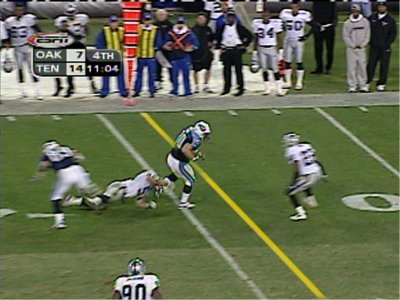Augmented reality has its foundation based on virtual reality. It all began with the creation of the head mounted display (HMD) by Ivan Sutherland in 1968. Ivan Sutherland believed in the user “inside” the computer. The term virtual reality was coined by Jaron Lanier in 1989, more than 20 years after the invention of HMD. Virtual reality (VR) is a computer-generated, three-dimensional environment in which a person is fully immersed and can interact with digital elements. In 1992, the birth of augmented reality is conceptualized by Tom Caudell and David Mizell. Augmented reality refers to overlaying computer-presented material on top of the real world. Paul Milgram and Fumio Kishino in 1994 describe a virtuality continuum which is a scale between the real environment and the virtual environment, and what lies between these two environments is a mixed reality composed of augmented reality which is closer to the reality environment and augmented virtualilty which is closer to the virtual environment. In 1997, Steve Feiner invented the first mobile augmented reality system (MARS). MARS uses a head-mounted device, a hand-held tablet, and a backpack to hold a laptop, GPS, and digital radio for wireless access; this essentially became the first wearable computer. This was a step up from HMD which was a stationary device attached to a computer and sophisticated equipment to track movement.
One important footnote in the history of augmented reality is its use in television and movies. The movie industry has used computer-generated graphics to augment reality in film for a number of decades. For movies, digital technology has allowed the creation of virtual worlds and actors. One way of doing this is by using actors filmed in front of a green screen using it as a backdrop. Then the filmed scene is manipulated by a computer by replacing the green screen with digital elements which is essentially what augmented reality is about. A common example of augmented reality in television is the first down line seen during football games. The line only exists for those viewing it on television; for the offensive line players, the first down is determined by the marker on the field. This imaginary line is digitally augmented to enhance what we see. Film or television is a poor example of augmented reality since it doesn’t enhance any personal experience of the user. Where augmented reality has taken off is through delivery of digital information in real time such as seen on mobile phones.
In early 2000, augmented reality applications launched on mobile smartphones which included integrated components like GPS, internal compass, and camera. The augmented reality mobile applications delivered superimposed digital data on the live video feed from the camera. This created a unique personal experience of streaming data that enhance a first-person’s perspective of the real world. This has led augmented reality to gain popularity and open a new market in virtuality which has been struggling for nearly forty years. A large part of its recent advancement in the last decade has been due to improvement in computer technology in areas of processing power, wireless internet, and speed of data transportation.
Augmented reality is currently in use for commercial marketing and for the gaming industry. Augmented reality has also aligned itself as a neat gadget technology as demonstrated with the Parrot AR.Drone.
Some of the past developments of augmented reality devices like HMD are currently being used by the military to train soldiers. One of the most fascinating applications of augmented reality is using a 2D Matrix card to deliver 3D objects or digital information viewed by a camera or headset device.
In next week’s blog, I plan to discuss further the current applications of augmented reality with mobile phones, gaming systems, and mobile AR devices to include eyewear and handheld devices. This will in turn lead me to discuss the future of augmented reality and growing concerns like invasion of privacy and information overload. Also check the video feeds for some truly mind blowing demonstrations of augmented reality.



